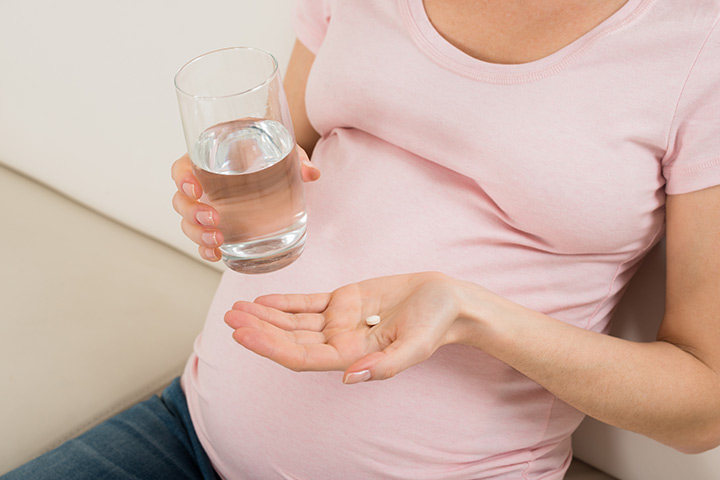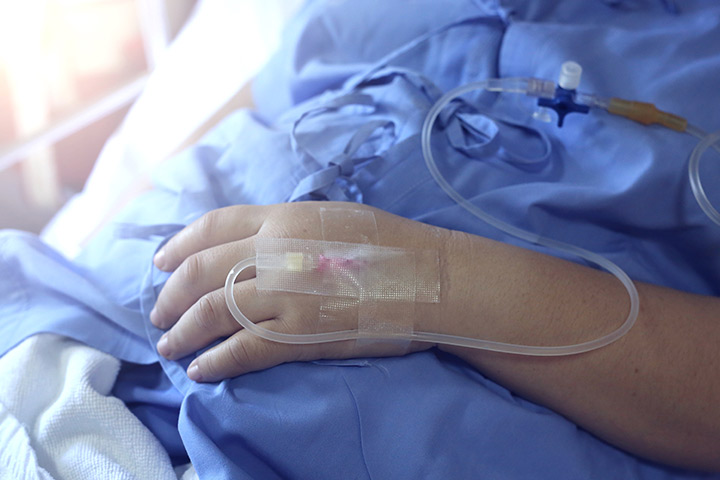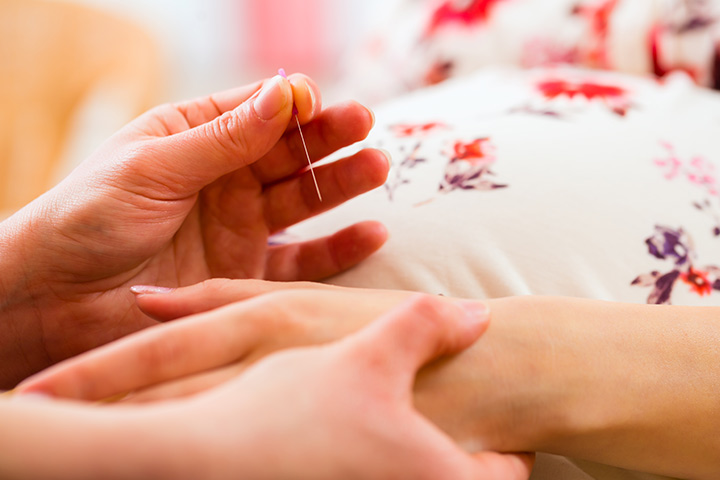
Image: Shutterstock
When you are expecting, there are so many things that you get to read, get to know and get prepared for, but actually experiencing child-birth is a different thing altogether. Every case, every birth, and the associated conditions are different and so is your own body. You can never be sure how your body is going to react to the process of childbirth.
A normal delivery that is drug-free would be the ideal choice for many. But things may not happen as we wish. Under certain circumstances or complications, you may have to go under the knife for a C-sec delivery and be prepared for the side effects that accompany it. The most common side effects of this abdominal procedure include pain, clotting, possible infection, severe headache, nausea and bouts of vomiting.
If you think that it is only the medications that make you feel queasy, you may be mistaken. A lot of unease that you could experience after your C-section may have to do with your anxiety as well. Being operated upon can be quite scary and it is natural that many moms hit the panic button and throw up thereafter. It is more common when there is some unexpected complication and the C-section is an exigency.
If you were faced with such a situation, what would you do? Here we give you five ways in which you can deal with nausea.
1. Take Medication To Alleviate The Symptoms
Nausea is a very common side effect of a C-section (1). One of the best ways to deal with it is to take anti-nausea medications and keep the discomfort at bay. This will help you to deal with the surgery and childbirth in a relatively better way. Don’t forget to consult your doctor to ascertain which medicine would be best suited for to you.
2. Take Intravenous Fluids
Many hospitals put the in-labour patients on IV fluids, as it has proved beneficial during childbirth (2). Since you are not allowed to take much fluid orally, IV fluids are a great option to keep you well hydrated. They maintain the electrolyte balance of your body and are a great medium to dispense antiemetic medication.
3. Insist On Oxygen Supplementation
Statistics show that administering oxygen during the delivery and continuing the administration two hours post-operation produce significantly lesser cases of vomiting and nausea (3). However, solely post-surgery supplementation of oxygen did not show much effect. Therefore, you must insist on an oxygen mask before the procedure begins.
4. Acupressure Techniques
There are studies that validate the efficiency of acupressure techniques in reducing any post-operative nausea and vomiting (PONV) (4).
According to certain studies with controlled subject groups, stimulating the acupressure points with specific wrist-bands, 30 minutes prior to the operation resulted in a remarkable reduction of post-operative nausea in C- section mothers (5).
5. Acupuncture Techniques
As part of alternative healing therapies, acupuncture is gaining a lot of momentum and it is said to assist in the healing process post-vaginal as well as caesarean births (6).
This ancient Chinese healing therapy uses needles to stimulate the pressure points and studies have claimed that anaesthesia administered using this acupuncture technique results in better stability of blood pressure, respiration and pulse measure of the mother and the foetus during the surgery (7). Additionally, acupuncture is also said to be effective in alleviating all the common problems associated with C-section deliveries such as inflammation, pain, and constipation. It also promotes scar tissue healing (8).
These are some useful pointers that will help you decide on the best alternatives if you have to undergo a C-section delivery. Choose what suits you and we are certain, it will help you combat the problems of nausea and vomiting.

















